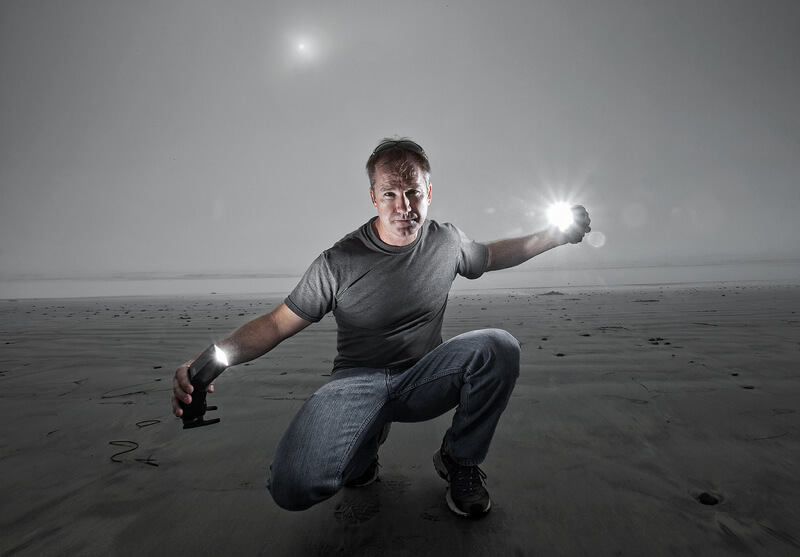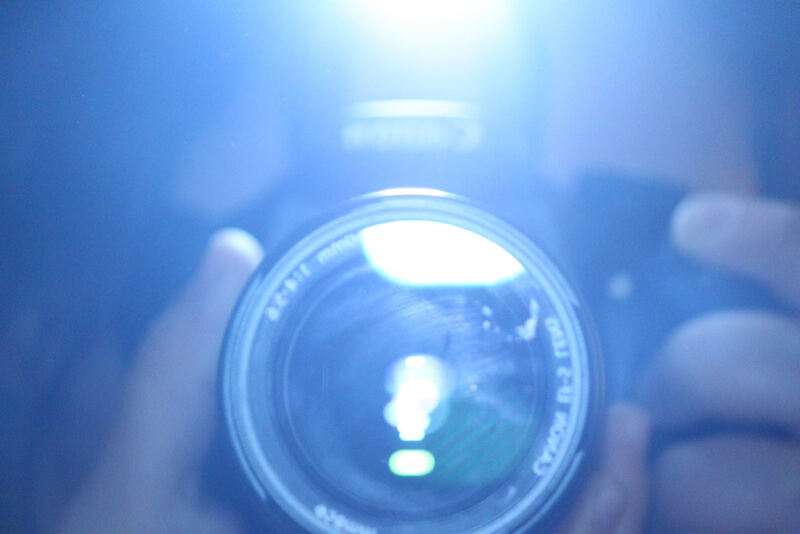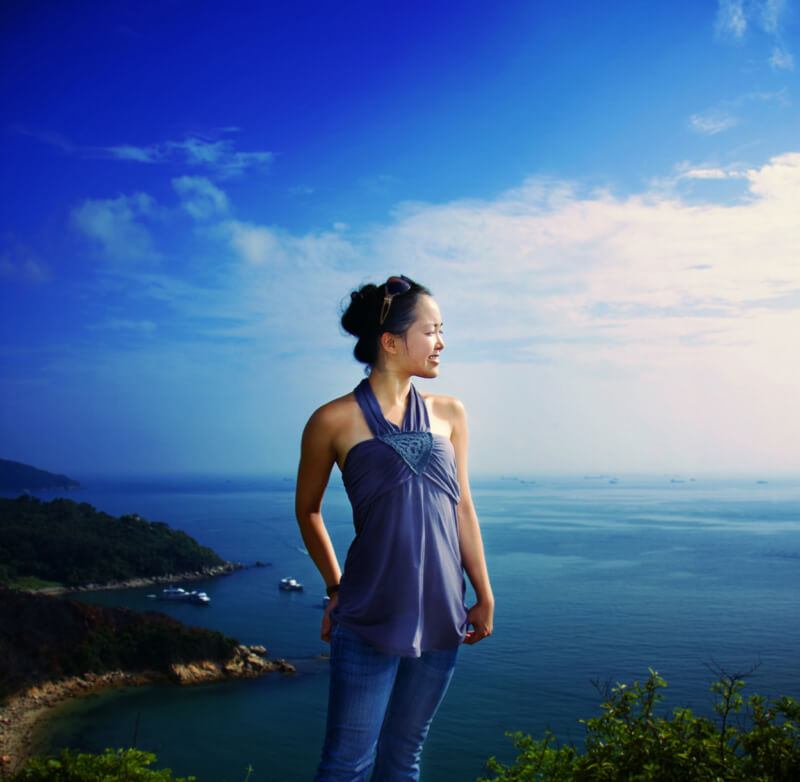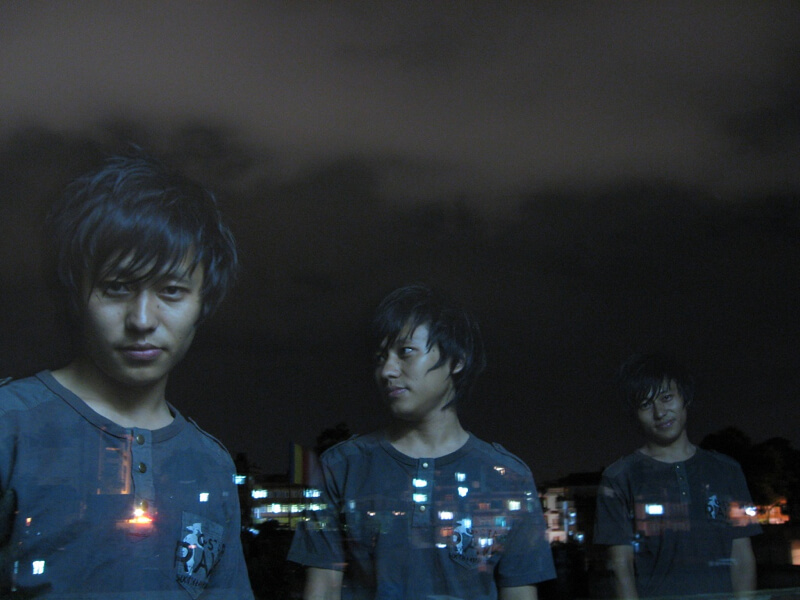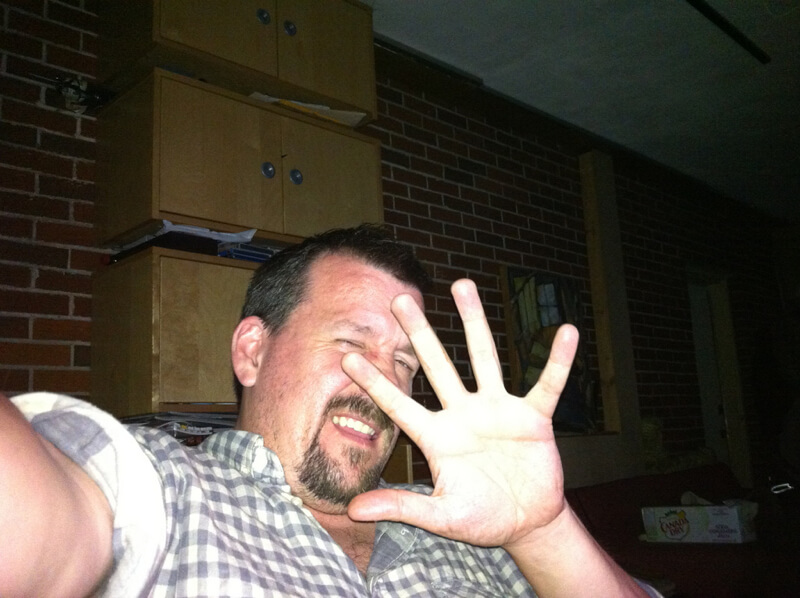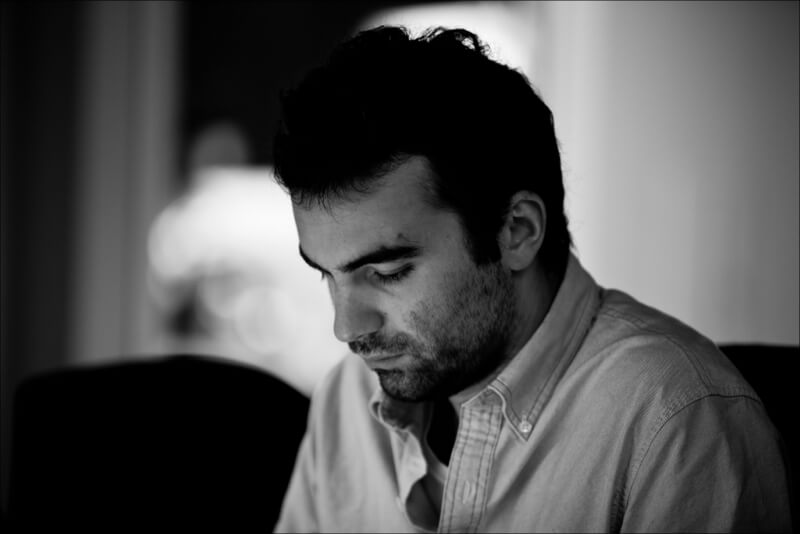Understanding light and lighting is part of being a good photographers. This includes knowing when and how to use flash, when NOT to use flash, and some ways to avoid using flash in your photos. Here are a few quick tips to help you understand how you can use (and avoid) flash in your photography to get the best results.
When and how to use flash
Indoors
A very common reason to use your flash unit is low-light indoor environments. If there’s not enough light shining on your subject, a flash will help illuminate them. Your camera can’t see things that aren’t reflecting light, so in a poorly lit room it can make sense to use a flash. So how can you use a flash well in these circumstances?
The one key lesson to learn about flash photography is that a flash should resemble natural light. Most often a flash ruins a photo, when it creates a harsh light, red eyes or strange shadows. The flash makes the lighting in the photo look artificial. There may be a few artistic exceptions, but trying to recreate natural light is a good rule of thumb when using flash.
Creating a natural light with your flash indoors requires experimentation. You can start by playing around with the flash settings on your camera. How does a different flash strength and shutter speed change the final photo? At some point, however, you will want to the diffuse the light of your flash or change its direction.
A diffuser softens the light of your flash, creating subdued lighting. There are several DIY tricks to create a diffuser, so you don’t need to buy one. For instance, you can fold a sticky note in a U-shape and stick it underneath your flash unit. This allows the light to bounce off the paper and fill the entire space, rather than flooding the subject. Coffee filters or used plastic milk cartons also work really well as diffusers.
Changing the direction of your flash can also help create a more natural light. As opposed to the pop-up flash on your camera, a mounted or external flashgun will allow you to the direct your flash. Indoors, you can use a white ceiling or wall to indirectly illuminate the photo through reflection. With an external flash unit you can light your subject from a different angle. Do make sure the thing you’re using to reflect or diffuse your flash is white, because the light will take on its color otherwise.
Outdoors
It may sound strange at first, but on a very sunny day you also want to consider using flash in your photos. When the background is a lot brighter than your subject, your subject will look darker or even silhouetted. Using “fill flash”, will balance out the background light and brighten your subject. Because of the background light, the sensor in your camera will not be cued to trigger the flash. For fill flash, you should therefore trigger the flash yourself.
Experimental photography
Finally, you can use flash in your photography to create unique effects. Instead of balancing out darkness or brightness , a flash can be used to add an additional element to a photo. A great example is using your flash unit for light painting. During a long exposure photo in the dark, you can manually trigger the flash to include snippets of a moving subject. This way, each flash will capture your subject in a different position.
To read more about when you should use flash, check out this article on Photography Life. Digital Camera World has a good article that goes through all areas of flash photography from camera settings to using multiple flash guns.
When NOT to use flash
In general, there are three types of situations in which you should not use flash. First, situations in which using a flash is pointless. This is the classic stadium example. The subject is so far away that the light of the flash won’t brighten it. Second, the flash causes too many undesirable side effects. For instance, when there is any reflecting surface in the picture (glass, screens, shiny objects), the light of the flash will shine right back into the camera, dominating and ruining the photo. Infamous red yes are another example of an undesirable flash effect. Third, you might get a better-looking photo by avoiding the flash. The flash can often give the entire photograph a washed out or unnatural look because of the type of light it emits. So when you’re taking a portrait with a flash and your subject looks unnaturally pale, it might be an indication that this is not a situation in which you should use flash.
There are many articles online that list the flash photography mistakes and situations when you should not use flash, see for example these articles on Digital Camera World or Gizmodo.
How to avoid using flash
Knowing how you can avoid using flash in your pictures will make you a better photographer. Here are two ways in which you can avoid using flash.
Change the shooting conditions
You’re almost never entirely in control of your photography environment, but there are little ways in which you can improve the situation. First of all, use a tripod. The more stable your camera, the more time it can spend on one photo, the more light it can take in. In this way, there’s less or no need to use a flash. When shooting indoors, you could turn on all the lights and open the curtains to let in as much light as possible. Outside, you can position your subject (or yourself) in a way that the sun shines from a better direction. You could also use a reflecting shield to direct the sunlight on your subject. Just by considering the ways in which you can improve your shooting conditions, you will become a more creative photographer.
Use your camera settings
Before trusting in the auto settings of your built-in flash, it is good to consider if changing the camera settings can help improve the picture. Try adjusting the primary settings of your camera: the shutter speed, ISO, and aperture. ISO controls the sensitivity of the camera’s light sensor. Shutter speed determines the length in which light enters the camera. A shorter shutter speed will freeze more of the action in time. Aperture determines how much light enters through the lens. Experimenting with these settings can show you how to take awesome photos without resorting to flash photography.
As this photo shows, it is possible to take good photos indoors without using flash.
